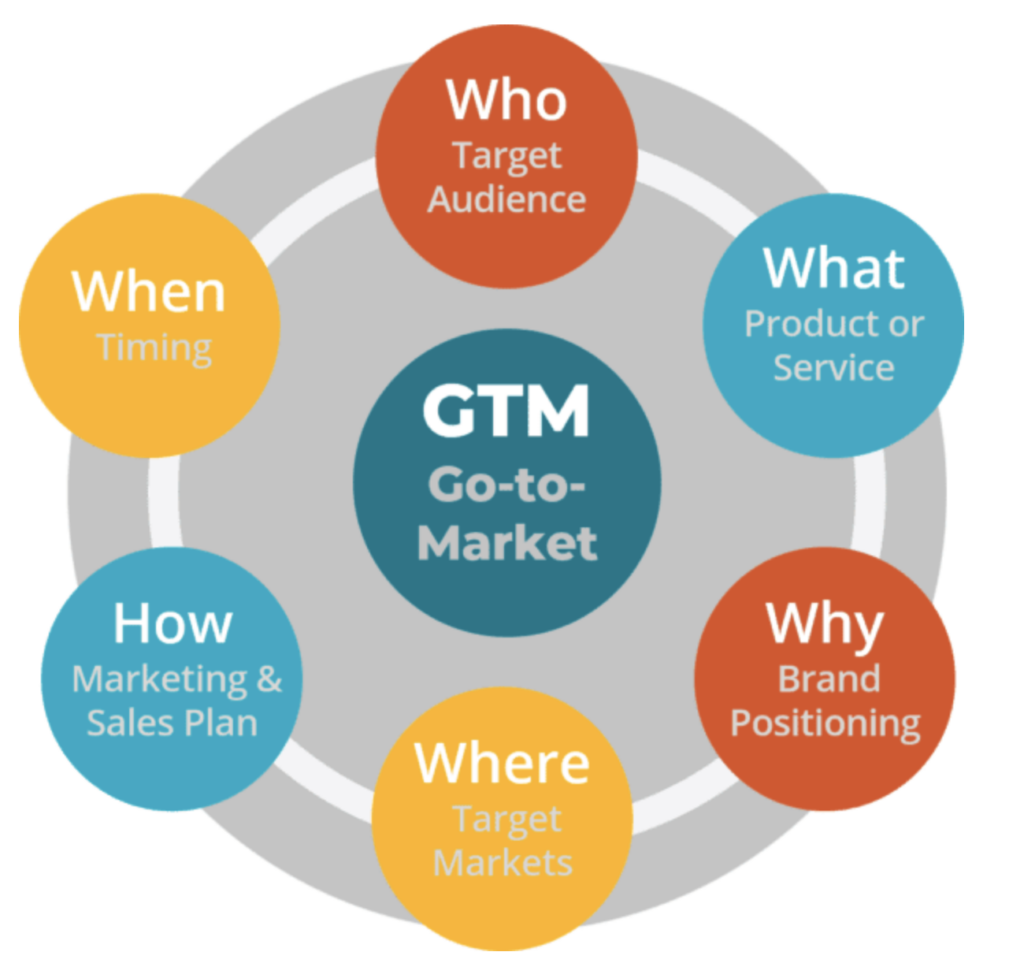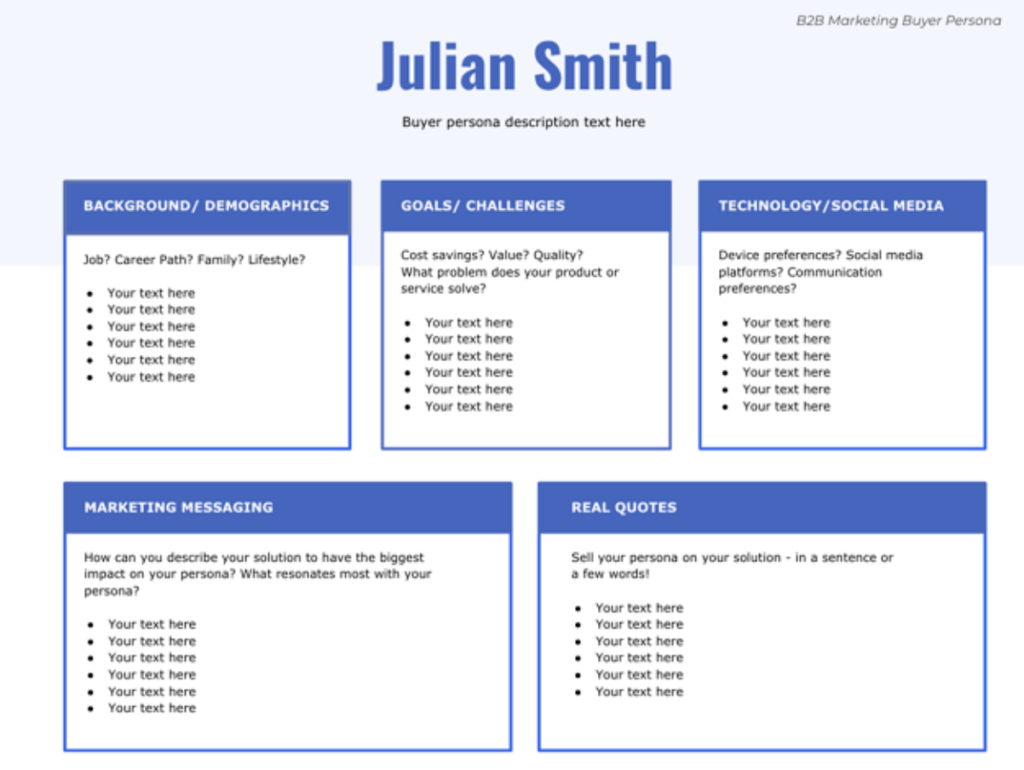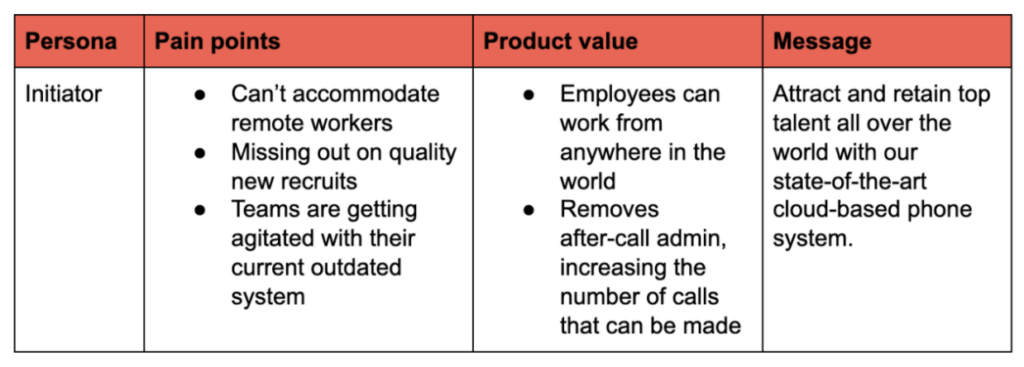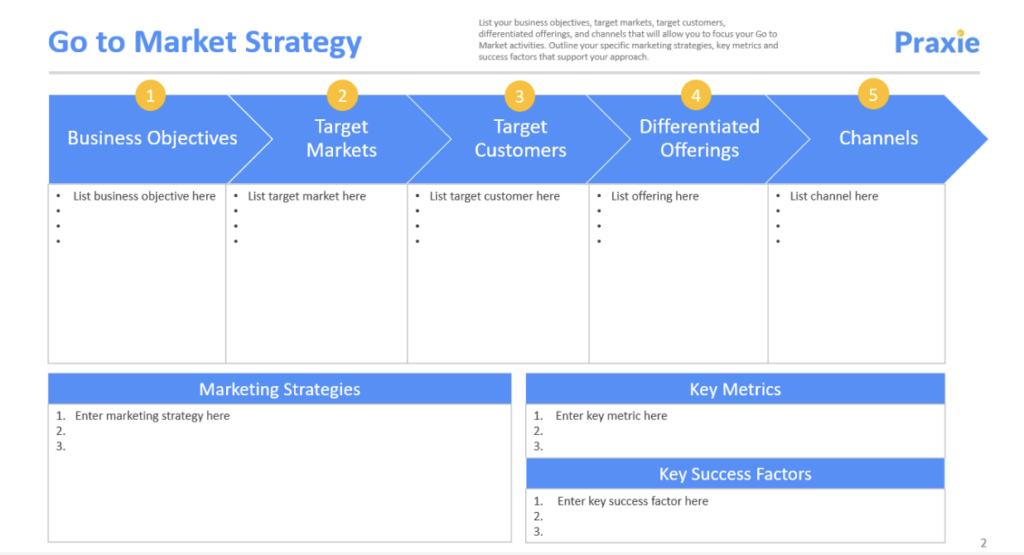The Ultimate Guide to a Successful Go-to-Market Strategy [+Examples]
A go-to-market (GTM) strategy can make the difference between a successful product launch and a failure.
The best GTM strategies help companies define their target audience, craft their messaging, and align key business units around a single, coordinated plan to build and launch better products to the right people, at the right time.
In this post, we’ll cover what this type of strategy is in more depth and provide a template as well as examples so you can create and launch your own holistic and customer-centric go-to-market strategy.
Go-to-Market Strategy
A go-to-market strategy is a tactical plan created to position a product for launch. A successful GTM strategy shows who the product is for, how the product meets a market need, and how it’s different from competitors. It’s typically made up of multiple components, including buyer personas, a pricing model, marketing plan, and sales strategy.
Every GTM strategy is unique depending on the product and market, but each should answer the following questions:
- Who are the potential consumers? The most important component of a GTM strategy is understanding who your potential consumers are, what their needs, preferences, wants, and frustrations are, and how your product meets or solves for them.
- What’s the product-market fit? Another important component is conveying how your product uniquely meets the market need. In other words, what problem or problems does your product solve?
- How are you different from the competition? You must also know who your competitors are, how many there are, and what their GTM strategies are. This will help you create your own messaging to explain why customers should care about your product.
- What’s the market like? There are other characteristics you must know about the market to successfully launch a product in it. For example, what’s the market size? Is it B2B or B2C? What’s the pricing range?
- How will your product be distributed? Another component of a GTM strategy is distribution. You should know what mediums you will use to sell your product. Will you use a website, an app, a third-party distributor, all three? Will it be sold exclusively online or in retail stores?
When will you launch your product? The success of any product launch hinges on timing. If you launch too late, for example, you may enter the market when it’s oversaturated. That’s why your GTM strategy should include a timeline with clear milestones.
Here’s an illustration that simplifies the six components of a GTM strategy:
Why is a go-to-market strategy important?
Let’s say you’re launching a new product in an existing market, or you’re launching an existing product in a new market. Before you do so, you’ll want to know who your ideal customers are, what problem your product is solving for, and how it’s different from existing solutions in the market.
A GTM framework can help you answer these questions by combining market analysis, competitor research, and marketing and sales strategies.
Without a GTM strategy, some of these questions may go unanswered and result in a flop. Take C2, for example. Introduced in 2004, C2 was Coca-Cola’s biggest product launch since Diet Coke. With half the calories and carbs and all the taste of original Coke, C2 was designed for 20- to 40-year-old men who liked the taste of Coke and the no-calorie aspect of Diet Coke, but not the calories and carbs of the former or the taste of the latter. The launch, however, was ultimately deemed a failure. Men didn’t find C2 different or appealing enough, and women preferred Diet Coke — especially because C2 was priced higher. It also launched the product just as the low-carb diet phenomenon was waning.
These issues may have been discovered before the product launch with a comprehensive go-to-market strategy that incorporated more market research.
It’s important to note that go-to-market strategies can help you launch more than physical products — they can be used to launch a new service, process, customer loyalty program, ecosystem, and more.
Now that we have a better understanding of GTM strategies, let’s take a look at how to build one.
How to Build a Go-to-Market Strategy
- Identify your buyer personas.
- Create a value matrix.
- Research your competitors.
- Set your pricing strategy.
- Choose your sales strategy.
- Create a marketing plan.
- Set goals and track your progress.
1. Identify your buyer personas.
Before you launch your product, you need to understand who it is for. This will enable you to best communicate the value of your product for your target audience in particular.
Creating buyer personas is a great way to identify the ideal consumers of your product. Personas may include demographics, psychographics, digital lifestyle preferences, specific work experiences, and any other information that will help you understand who your potential customers are, what their pain points are, and what motivates them.
To identify your buyer personas, consider using a combination of research, surveys, and interviews. You should research and gather feedback from customers as well as prospects, referrals, and consumers outside your contacts database who align with your target audience.
Once you’ve completed your research, go through your data to identify patterns and commonalities that can be attributed to distinct personas. Each persona should have some information about their demographics, goals or motivations, pain points, or challenges. Quotes and marketing messaging are a bonus!
Getting a clear picture of your target audience can be difficult and time-intensive. If you don’t have the time or expertise, consider working with an external go-to-market specialist.
2. Create a value matrix.
Once you’ve identified your buyer personas, create a value matrix that details each persona’s pain points, how your product solves for those pain points, and what messaging you can use to show that your product is the solution.
This value matrix can be a simple table with four columns, like the one shown below.
Despite its simplicity, this is a crucial step in developing your messaging. It establishes a foundation for how you’ll communicate the value of your product to your target audience in a way that resonates with their various pain points. It also begins to lay out the key phrases and tone you’ll use when addressing different segments of that audience.
3. Research your competitors.
To position your product in the existing landscape, you must know what products and unique value propositions your competitors offer.
To start, look at their product pages and other parts of their website to answer the following questions:
- What features does their product have?
- What are their main selling points?
- What’s their pricing model?
Next, look at their social media channels, blog, campaigns, and other marketing collateral to answer the following questions:
- How are they positioning themselves in the market?
- What audience(s) are they targeting?
- Which marketing channel(s) are they using the most?
- What keywords are they targeting?
Finally, look at reviews of your competitor’s products on their own sites, on review sites like G2, or in blogs and other third-party sites to answer the following questions:
- What do customers like about the product?
- What do customers dislike about the product?
- How are customers identifying themselves?
All of this information will help you better position your product in the market as a unique solution to a particular audience whose needs are going unmet. This is true whether you’re launching a new product in a market or launching an existing product in new markets.
If analyzing the competitive landscape to expand distribution, consider working with a consultant to create a strategic growth plan.
4. Set your pricing strategy.
Now, you’re ready to set your pricing strategy. There are five common strategies to choose from, as outlined below.
Cost-plus Pricing
This strategy adds up all contributing costs for a product to be sold and adds a fixed percentage, or mark-up, to the subtotal.
Competitive Pricing
This strategy sets a price based on what the competition charges. You may match what your competitor is charging, charge less than your competitor whether they raise or lower their prices, or charge as you wish no matter what your competitors are doing.
Price Skimming
This strategy sets a high price and lowers it over time, as the market evolves and becomes more saturated.
Penetration Pricing
This strategy sets a low price to enter a competitive market and build a customer base, and raises it later.
Value-based Pricing
This strategy sets a price based on what the customer believes your product is worth.
Each pricing strategy has its pros and cons. What’s most important to consider is what price will be consistent with your messaging and how you’d like to be seen among your competitors.
5. Choose your sales strategy.
Next, you’ll need to decide how you’ll sell to your target audience. There are four common sales strategies, which you can use individually or together, depending on your product, business model, and industry. They’re outlined below.
Self-Service Model
Customers purchase the product on their own. This is a common strategy for e-commerce businesses, especially those selling simple products with a low-cost point since customers can find and buy the product online. This strategy requires an agile marketing team to drive traffic and conversions to your site, but not a dedicated sales team.
Inside Sales Model
Sales reps nurture prospects to convert them into customers. This strategy is ideal for more complex products with a mid-range price. It will require a dedicated sales team of inside reps.
Field Sales Model
The sales team sells complex products with high price points to large enterprises. It will require a dedicated sales team of field reps, which can be costly, but the potential payoff is big.
Channel Model
An external partner sells the product for you. Ideally, the partner will sell similar products. This strategy does not require a dedicated sales or marketing team.
6. Create a marketing plan.
Next, you’ll want to create a marketing plan to attract your target audience. This plan may consist of some or all of the following components:
- Content
- Branding
- Lead generation
- Website
- Events
- Ads
- PR
Content is arguably the most important part of your marketing plan because it generates inbound leads. Inbound leads are prospects who discover your brand through your blog, social media, or other organic marketing channels and indicate interest.
Content should target keywords that your target audience is already searching for. It should also be created for all stages of the buyer’s journey.
7. Set goals and track your progress.
Finally, you need to decide on success metrics and a way to measure progress. Without this step, it will be difficult to tell if your go-to-market strategy is working, or if it needs some adjustments.
Below are common frameworks you can use individually or combined to set meaningful, measurable, operational, and motivational goals.
Key Performance Indicators (KPIs)
KPIs are metrics used to track the performance of a company, team, or individual against goals. A go-to-market strategy may have KPIs for the product, marketing, and sales team. Some common KPIs are website traffic, number of qualified leads, user retention rate, and monthly recurring revenue.
Objectives and Key Results (OKRs)
OKRs define the objectives you want to achieve and three to five key results you’ll use to measure progress. These tend to be more ambitious and high-level than KPIs.You can write OKRs in a sentence using the following format: “I will [objective] as measured by [key results].” For example, “The content marketing team will increase awareness of the new product, as measured by the following key results: Boost blog subscribers by 30%, convert 15% of newsletter click-throughs to demo requests, and drive 5K web visitors to the product page.”
Backward Goals
Backward goals are one overarching goal broken down into a series of smaller goals, which are broken down further into smaller targets and tasks. This provides an actionable road map to achieving an ultimate goal, like increasing product trial signups by 25%.
Go-to-Market Strategy Template
The idea of building a GTM strategy from scratch can be intimidating. To help you get started, consider using a template, like the one below.
This template prompts you to list your business objectives, target markets, target customers, differentiated offerings, and channels as well as marketing strategies, key metrics, and key success factors.
By completing this template, you’ll have outlined your buyer personas, competitive differentiators, distribution channels, marketing strategies, and key performance indicators and success factors. This will provide a solid foundation for your GTM strategy — and an easy document you can share with stakeholders.
Go-to-Market Strategy Examples
A go-to-market strategy can help a startup launch a new product, an enterprise company launch an existing product in a new market, or an ecommerce business relaunch a product — and these are just a few examples of when a GTM strategy can come in handy.
Below check out real examples of go-to-market strategies that helped companies successfully launch a product to market.
1. Fitbit
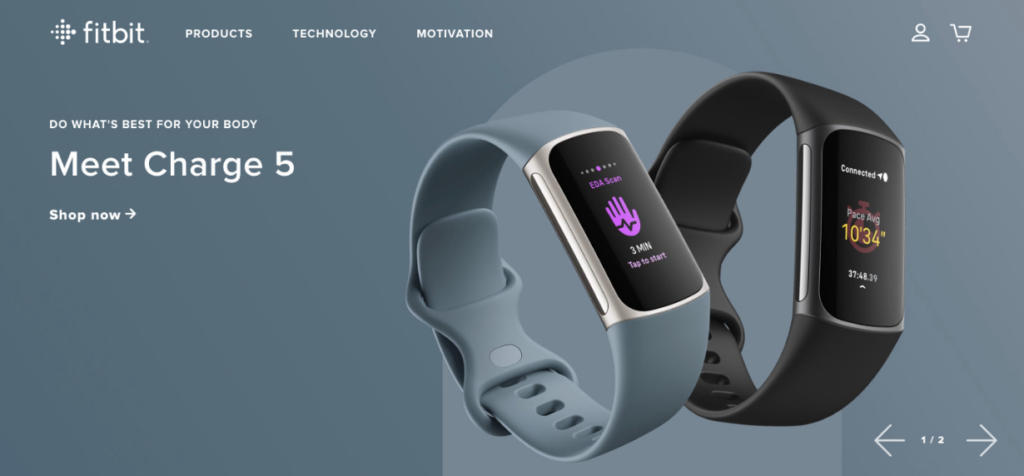
Fitbit is an American digital health and fitness brand and leader in the wearable technology industry. Since it was founded in 2007, Fitbit has faced increasing competition from tech giants like Apple. However, it has maintained its positioning in the market, largely thanks to its go-to-market strategy.
One of the major tenets of its GTM strategy is making Fitbit products accessible. It does this in two ways. First, it offers a large selection of products at relatively affordable prices, ranging from $50 to $300 (and often discounted). Second, it partners with healthcare and well-being providers to help distribute its products. For example, FitBit partnered with Blue Cross Blue Shield (BCBS) to provide a special offer for Fitbit devices to more than 60 million members in its health and wellness program. BCBS also partnered with employers and organizations to provide Fitbit devices to their staff in order to help promote a healthy lifestyle within the workplace.
2. Fenty Beauty
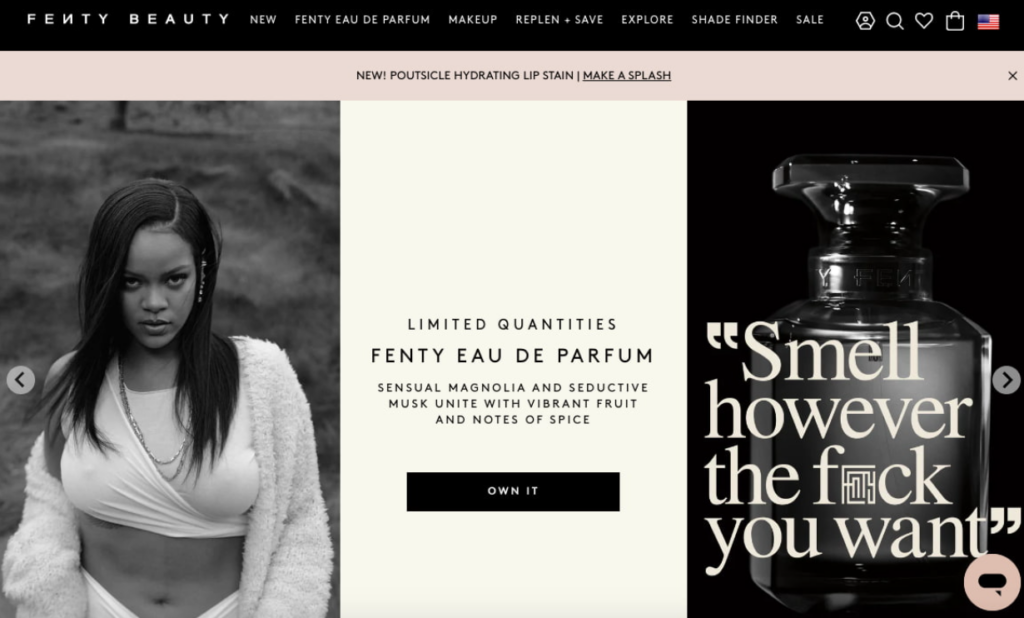
Fenty Beauty is a beauty brand founded by Rihanna and launched in 2017. It has been hugely successful, in part because its products serve a large and underserved market: women who couldn’t find products that matched their skin tones from the major makeup brands.
Fenty Beauty’s entire GTM strategy, like its product line, is centered on inclusion. In order to make the brand available to women everywhere around the world at the same time, Fenty launched an omnichannel marketing strategy in 17 countries on the same day at the same hour. This campaign, with the tagline “Beauty for All,” featured mainly Black, Asian, and minority ethnic (BAME) women. At the time of launch, the company was also ready to ship directly to 137 countries thanks to their collaboration with LVMH’s Kendo Beauty division, which owns Sephora.
3. Eight Sleep
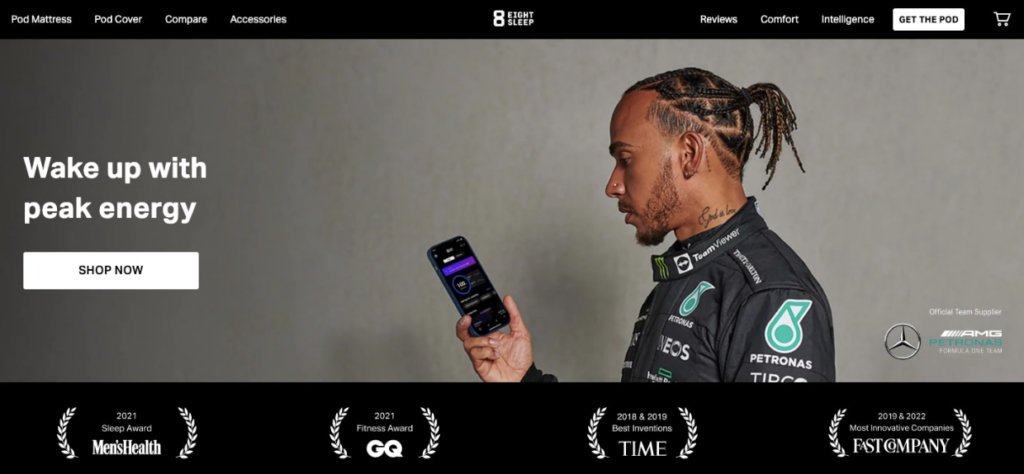
Eight Sleep designs innovative products to help people sleep better. In 2016, Eight Sleep launched their smart mattress with an IFTTT integration. This integration enabled customers to integrate their bed to their smart home to automate routine activities like starting their coffee machine when they wake up.
The marketing plan was a crucial aspect of Eight Sleep’s go-to-market strategy. The plan consisted of an announcement email, a dedicated landing page, and videos on Facebook and Instagram that showcased different use cases of the smart mattress — all of which were designed to highlight and explain the value of the integration with the IFTTT platform. The plan also included marketing efforts by the IFTTT team, including featuring Eight Sleep in their GIFTTT Guide and newsletter.
4. Mercedes-Benz
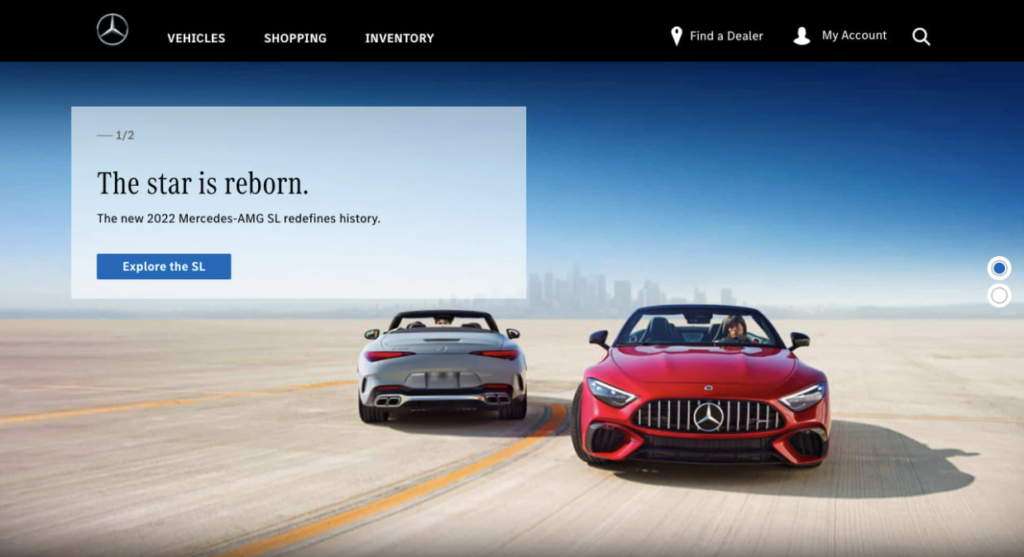
Established in 1926, Mercedes-Benz is a luxury and commercial vehicle automotive brand that targeted upper-class individuals aged above 40 for most of its history. More recently, it has expanded its target market to include people aged 25-40. Its go-to-market strategy has shifted as a result.
To reach this younger market, Mercedes-Benz is making increasing use of celebrity guests and social media channels like YouTube. For example, the campaign to promote its first electric SUV, the EQC, featured the Grammy award-winning singer The Weeknd. Back in 2017, when introducing the new “Remote Parking Pilot” feature, Mercedes-Benz released an advertisement that was heavily inspired by the Netflix hit series Stranger Things. Both of these examples reflect an overarching promotion strategy to change the impression of Mercedes-Benz from being unfashionable and only for the middle-aged population to being popular and cool.
5. White Claw
Launched in 2016, White Claw has since dominated the hard seltzer market thanks to its broad appeal to men and women seeking a low-calorie, low-alcohol beverage. But with increasing competition and a push into several new international markets in 2021, White Claw’s go-to-market strategy has needed to adapt.
In the past, White Claw’s GTM strategy relied more on organic social media buzz than traditional advertising. In fact, in the summer of 2019, at the peak of White Claw’s popularity, the company reduced its media spending and relied on viral memes, videos, and hashtags shared by consumers promoting the “White Claw Lifestyle” for word-of-mouth marketing.
But in April 2021, the company released its first global advertising campaign — “Let’s White Claw” — across TV and social media. This significant push into paid advertising came in response to new products from rivals like AB InBev and Molson Coors Beverage Company. Inspired by the user-generated content that made White Claw a best seller but with a professional spin, this black-and-white ad campaign featured a diverse group of content creators enjoying White Claw in improvised moments in different settings.
6. Telfar
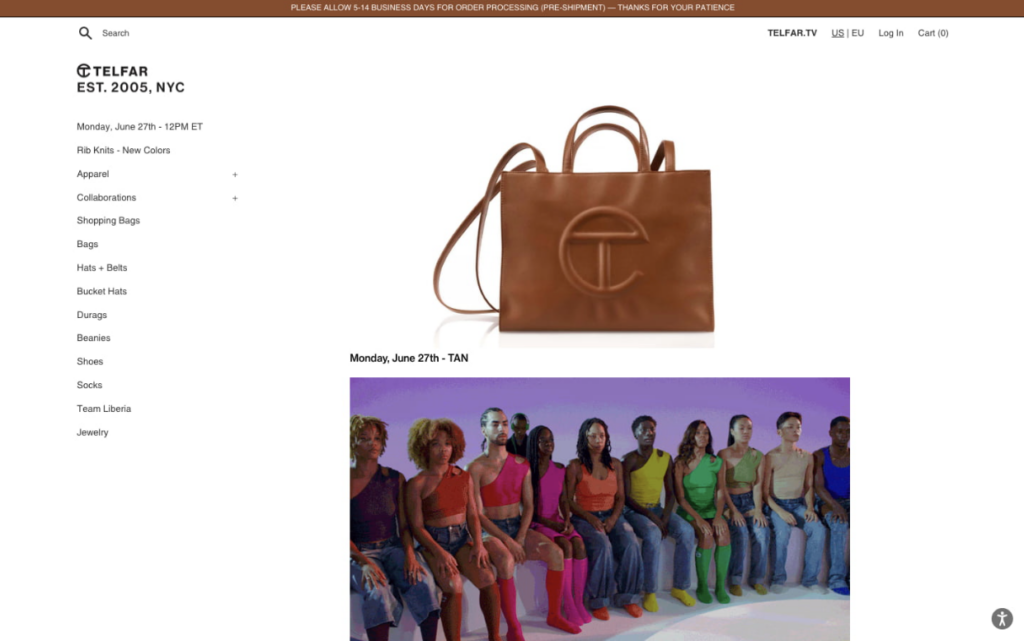
Telfar is unisex line established in 2005 in NYC by Telfar Clemens. Its slogan, “It’s not for you — it’s for everyone,” embodies its principles of accessibility, practicality, and community. So does its go-to-market strategy.
In addition to refusing invitations to establishment events like the Met Gala and ending their wholesale business, Telfar has launched several innovative marketing and sales strategies that have disrupted the fashion industry. One example is the Bag Security Program, which allowed customers to preorder the consistently sold-out Shopping Bag for guaranteed delivery between December 15 and January 15 in 2021. This allowed customers who wanted the bag to get one, without having to wake up early for a limited restock that sold out in minutes, and allowed the company to understand the true demand for the bag and scale production appropriately going forward. The program also generated 10 times the number of sales in the entirety of 2019.
Ensuring a Successful Launch with a Comprehensive Go-to-Market Strategy
A go-to-market strategy can help you successfully launch a new or re-designed product or an existing product in a new market. By following the steps outlined in this post and taking inspiration from the examples above, you can create and execute a GTM strategy that ensures you reach your target audience, tell the story of your product, and sell it to them through the distribution channels they want.









